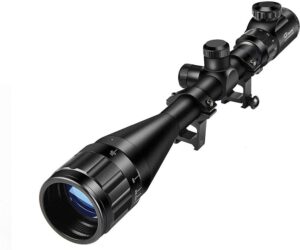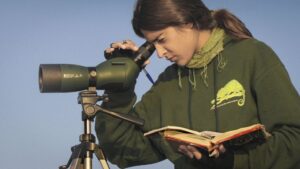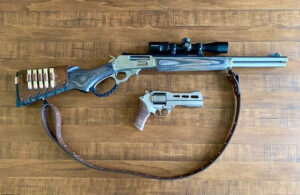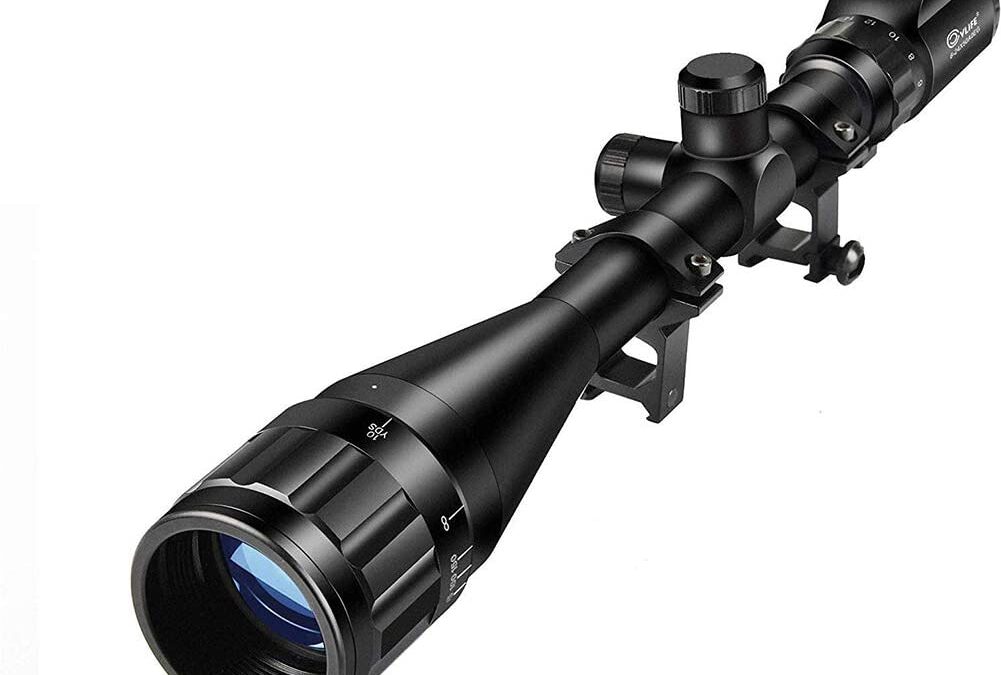For someone passionate about hunting and using their guns for recreational purposes, they are interested in extending the range of their rifle. To achieve this, they experiment with different gun accessories, until they have a rifle that matches their style. When it comes to long range shooting, you need more than a decent scope to hit targets more than 500 meters consistently. There exists a set of best rifle accessories that can be handy for hitting targets at long ranges, getting the most out of your gun, and making the effort worth the time and money invested.
This article reflects on some of the best rifle accessories for long range shooting.
The Rifle Scope
Your primary source for spotting the target at long ranges is your rifle scope. You need a rugged and reliable scope that provides accuracy, precision, and optical performance. In addition to the range, a good rifle scope needs to provide sufficient magnification for long range shooting with a magnification throw lever to quickly change between different adjustment ranges. Moreover, when aiming at long ranges, you may encounter parallax that needs to be corrected to align the reticle and the target. So, for a long range shooting practice, a rifle scope with parallax adjustment is a must.
There is a wide choice of reticles available with different arrays of intermediate aiming points on all sides of the center point. While these may be helpful in making manual corrections to your aim, you need to ensure that the graduations are in line with your scope adjustments (MOA or MIL)

(Image Source:Amazon)
Spotting Scope / Rangefinder
The further you plan to shoot, the harder it becomes to spot any bullet. This is why most people rely on a spotter (fellow hunter with specialized scope) to tell where their shots are going. Spotting scopes are commonly used to score targets at varying distances and come in sizes from 50mm to 100mm with varying magnifications. One with a wider field of view will let in maximum light and allow you to see things brighter and clearer, however, this would be a heavy and poor choice for carrying around when hunting. Using the spotting scope, the spotter can ‘trace’ the bullet trajectory without external factors such as dust, heat, and humidity, affecting the lighting.

(Image source: Digital Camera Store)
Another accessory is a rangefinder. Attached on a rail on your handguard, scope mount, or other solid areas on the rifle parts, a range finder uses lasers to quickly determine the distance between the target and you. It is very easy to use – Locate your target through the monocular lens and press ‘measure’. This allows you to pursue your hobby solo.
The right ammo
Ammunition plays a significant part in the accuracy of your shot. When you wish to hit the target consistently, it is crucial to hand load your ammo. All rifles operate differently even if they are of the same model and make. So you need to use a load that is geared towards your rifle. An alternative to handloading the correct ammo is opting for factory match ammo from the reputed brands. You may not get the same level of consistency of factory ammo from the ammo purchased from military surplus stores or other cheap ammo. You can also invest in an ammo quiver for carrying additional bullets efficiently.
Bipods/ Shooting rest
For long range shooting, even an inch deviation would result in missing the target by yards. Hence, you need your rifle to be as stable as possible, and investing in a bipod is a worthy choice. When it comes to choosing the right bipod, there are certain factors you need to keep in mind. You need to look for one with adjustable height as the terrain you plan to use the gun on may not be stable. Second thing to keep an eye out for would be the attachment system the bipod requires. Most handguard models would have a dedicated bipod attachment and you can simply attach the bipod quickly. Weight is also an important factor. The bipod needs to be sturdy to handle the recoil of the rifle but not heavy enough to be an inconvenience while carrying it around.
A good shooting mat
For the most stable arrangement, it is suggested to take the prone position. The only point of contact in this case is the rifle’s stock and your shoulders. The barrel part of the rifle is stabilized by the bipod. So, movement in the rest of the body is not transferred to the rifle and won’t affect the accuracy. However, the terrain may not be planar enough for you to lie easily and rifle to be kept straight. A thick shooting mat makes every surface even and soft enough for you to fire your rifle with minimal environmental disruptions.
Rifle sling
When used for competitive scenarios, you don’t need to worry much about carrying the rifle around outside a carrying case. However, for tactical shooters and for hunting purposes, you need to carry the rifle around for hours and this can tire you easily. The sling allows you to hang your rifle on your back, leaving your hands free. A sling also comes in handy during repositioning your rifle.

(Image Source: Mason Leather)
Ballistic Calculator
Long range shooting is not as simple as taking the aim and pressing the trigger. Ballistics coefficient, projectile size, wind speeds, projectile velocity, etc. are different factors that you need to calculate for the bullet to hit the right spot after firing. Manually doing so might be time & effort-consuming, making the ballistic calculator an indispensable pistol accessory for long range shooting. A ballistic calculator can help you estimate scope adjustments, elevation holds, and windage that can help you get on target more quickly.
Wrapping Up
There’s a lot of different accessories out there to help you with long-range shooting. The marlin finger lever also significantly increases the height dimension of the rifle. While none of this will make you a great shooter, they will make it simpler for you to shoot to your full potential. Long range shooting is all about the shooter’s precision and talent, and nothing beats constant practice.


